-
Posts
339 -
Joined
-
Last visited
Content Type
Profiles
Forums
Articles
Posts posted by HelsinkiZim
-
-
5 hours ago, imagiNet said:
I have been testing the LUT and are some what disappointed in the huge red shift int he highlights on all my test shots. I have been using the LUT One by Paul Leeming up until now. It preserves skin tones beautifully while Andrews LUT add too much red that has to be dealt with as an extra step. I have the settings configured per the instructions that came with the download. The only thinng I am not doing is using Auto WB. I do nt see why that would matter. I use a custom WB on every shot and have done so for 30 years. I also have a color reference in most of my shots, as was the case in these tests.
The first image is un adjusted. The WB is correct as evident in the 90%, 40% and 10% traces of the grey scale swatches in the RGB parade.
The second image is right after I apply the EOSHD Pro Color for Panasonic LUT. Notice the 10 IRE increase in red in the highlights.Does anyone notice this extreme red shift?
I think the idea is that it adds some much needed blush to Gh4 skintones. I have noticed this, GH4 can do clean extremely well- but it sometimes is so clinical. It is a great beauty cam, although beauty folk prefer Canon, but they should use the GH4 - look at Curtis Judd, the cleanest looking reviewer out there and he is using GH4.
But Canon skintones straight-outtta-cam-ton are a quick fix for amateurs, and Andrew spotted this and offered a quick-fix solution for us pro-summers. enjoy it, but don't over analyse it - the cam is still the cam.
-
Just purchased and very excited!
I am still trying to figure out its best use, but it definately add some life to lighter skin even when adding a grade/ lut that usually makes everything mush together.
After 5 minutes, here is my test grade.
Filmed in Cine D - Noam Krolls preferred settings, google them, cant remember... theyre saved as C1
-
On 07/12/2016 at 3:22 PM, jgharding said:
The main reason for thinking of switching was the persistant bugs in Premiere. There are now some horrible bugs that I've been using workarounds for since years and years ago. They've been reported endlessly. Fixing these bugs is always ignored in favour of new flashy features. It makes me sad that they take in hundreds of millions a year and yet don't focus on solidifying core products, but instead spend fortunes on creating frivolous mobile apps and so on, which no one really uses outside of ukelele-soundtracked Instagram adverts.
I never had a problem with Premiere, what are the biggest bugs?
-
I have a contract either signed or by email or verbally recorded that specifies an (generous) amount of hours dedicated to the project. I specify that before these hours are reached, they will be informed that they are running out of time due to contract and must either get their shit together or put more cash in the meter.
The truth is noone is watching what you do in the edit and planning, so it is always a useful tool for disorganised clients. sooner or later they see cash flying out the window and you can all reset and power on.
-
On 18/12/2016 at 11:15 PM, Kurtisso said:
What's the day-rate for an assistant over there?
We have general national guide lines that categorise production jobs into 4 categories. A self shooting assistant, ie someone who handles gear and shoots behind the scenes etc, is around 250 euros for the day. However, you can roll the dice on students and recent grads for less...
-
1 minute ago, Andrew Reid said:
Investing in a team is much harder and more risky but it is the right decision.
Will do.
-
Thid was one set up I enjoyed as all went well on my own. mke60 going into tascam. Rodelunk on the boss. I hire shotguns as they hire here for 15 euros perday for the best. My key is off camera, pixapro mk-something, an aputure lightstorm rip off. Micro cinema camera as b cam off camera at about 70mm focal length. phone acting weirdx, sorry for typos.
-
2 hours ago, Andrew Reid said:
People didn't try to do everything on their own in the professional video field of old.
For interviews it would be a team
A sound guy, a camera man and the actual interviewer.
If you're doing all 3 jobs and find it hard, no shame in that... it IS hard
Being a camera technician on top of the other 3 roles is just too much.
Get an Ice Light 2, keep the GH4, keep the tripod and lav, dump the rest.
I think that is sound advice, thanks!
However, some stuff is just too much fun to ditch, like the gimbal and ifootage slider (the pan tilt head was an admitted mistake). I am not ashamed to admit I rely on them to lift the narrative of my corporate work - even though everyone insists the story and content is more important (which I agree with), I want both. 10 years ago I used to be so envious of companies using motion tools and now they are finally at a point where they are reasonably priced to invest in for rhe type of stuff I do. I dont sell movement to clients, I just suprise them with that little extra that they may not get elsewhere. however, I do make sure my ideas are on point before I choose the tool, not the other way round.
This all reminds me that im in that right field, because as you mention its hard work and you need to love this gig to go through this and I geuss I do.
Marco Pierre White always says.... "perfection is doing lots of little thigs well."
Thats what I tell myself every morning im packing all this nonsense into a bag and going to war with these overpriced, finicky but lovable creative tools.
-
2 hours ago, Don Kotlos said:
While Andrew offers a good way to simplify things I think you pose an important question that every professional needs to address.
The main reason professional cameras cost as much is that they have been optimized for a professional environment and that can mean anything from simplifying the workflow to ergonomics and customization.
Now it should be noted that professional cameras can get equally complex or even more with the extra modules they need (look at zacuto for example) and sometimes a mirrorless consumer camera might offer things that a professional does not have like small size or low light performance & sensor stabilization.
In the end it is what you need and how much time and money are you willing to spend. And that only you can answer.
I agree with you.
If you are running a shoot on our own, you need to reserve some of that mental energy for other things too. A professional camera helps with that. It was just one of those things I had to experience to see clearer (for my needs).
I stand by the peripheral stuff though, and I spend a long time figuring out my USP, and dynamic movement for cheap was my angle and that approach has been producing great results clients are happy with (re: motion syatem, gimbal and jib). So in a sense, I cannot afford to have a main camera that does work with cheap motion support gear.
So I am going to wait until next year to see what develops. But for now, because my workspace is corporate promos and music videos with lots of movement, I will hold on to the micro for movement/ b cam and perhaps invest in the mini for all around daily grind.
-
-
1 hour ago, Andrew Reid said:
Just shoot both in LOG mode and apply the same LUT to both, then tweak any differences.
But here's an even better suggestion... if you want cameras to match, buy two of the same cameras.
The main problem here is it it seems like you have been convinced by online marketing and advertorial that you need all this extra shit.
On the GH4 you don't need a v-mount battery for interviews...
Unless you consider changing the GH4's battery every 7 hours to be an unsurmountable problem.
You also don't need a cage or to attach anything to the GH4 at all, like a shotgun mic.
For interviews you should click a wireless lav mic onto the subject. Not use a mic on the camera.
XLR is also overkill for an interview. 3.5mm jack just fine.
Problem solved.
You also don't need a monitor... the screen on the GH4 is just fine for interviews. Works as well as the screen which comes with the FS5, does it not? It's even a similar size! Guess that solves the cables part as well.
Speed Booster - I fail to see the hassle aspect of that. Attach lens. Film!
ND filters - for an interview? Were you filming it on the surface of the sun?
With such a small amount of movement if it is a locked down shot you wouldn't even notice if it was shot at 1/2000 anyway.
Keep it simple.
Keep it simple and try again.
Relax.
Don't buy a C300.
Thanks Andrew, had to vent. I'm sure I'll be fine tomorrow.
Yes, I spent the extra cash on the iFootage motion system, which was another hassle.
Usually, I am on top of it, today just got to me. Gonna go finish of the second season of Rectify and sleep☺
Edit: i used the NDs because I'm still learning how to use lights properly, so they are a guarantee against if I can't get shallow depth of field with these sensors. This was unfair to list as a problem today, but in general...
By cables I meant for the micro rig, as I power it with v mount due to battery life issues. So that mount powers the monitor too. And I am using the video assist with the gh4, again some might say fell for marketing, but I wanted prores 422 to match better match with micro. Also, as you mentioned in your guide, the gh4 resets some setting after it sleeps, so the video assist goes back to receiving 50p input from HDMI. Which in turn shortened the amount of footage I could record without me knowing I was running out of space, etc. Again, cables for the iFootage and lights shouldn't count as I just haven't invested enough in batteries, and this is top priority. It just all added up.
Rodelink into cam has been to finicky with gain, I.e. I haven't mastered it, so I run it into tascam. Again, learning curve I am not used to re: pretty amps.
If you have any suggestions for easy work arounds to these problems, I am all ears. But I'll try figure them out I suppose.
It was a learning experience, ill leave it at that.
-
So today was the most frustrating, ridiculous, soul crushing day I have had with a shoot.
I'll explain, but a bit of back story first...
I have been shooting digital video since 1998, professionally (man with a camera stuff e.g. weddings, seminars) since 2005. I have also worked to pay the bills as a producer and sales rep in various tv and video production houses in some parts of the world. My wedding and corporate business was a side gig until this year when I went full time solo for various reasons. I took a break for 3 years circa 2012 to do a master's degree in south Africa and the best camera they had was a hvx200, previously my go to camera was Sony z1.
So when I left Africa and arrived in sunny Helsinki 3 years ago I decided to see what all the DSLR fuss was about now that I was in a first world country.
I joined this forum and perused others, and I fell in love with the community and gear.
When I wrote my business plan for yet another video business venture, I was sure DSLR was the ticket to ride. for the price of a camcorder I could have a studio, with lights et al.
Today I made up my mind that it is not for me.
I had a pretty standard interview which I planned, lit and shot with a gh4 and a micro Cinema Camera as b cam. Yes, I know, but that is not the point. Matching was not what I was worried about, I have come to know them both very well.
But the endless, finicky bullshit.... Speed boosters, ND filters, v mount batteries, cages, external sound recorder, screws and cables and screws, monitors...
On top of the standard things you need to be concerned about, like exposure, light and focus... Oh, and the actual bloody interview... Its fucking insane. Excuse my language I am pissed off.
Yes, you could say I need to practice more, but those hours at my rate fiddling with nonsense and fixing mistakes... I may as well have just bought a all around really good camera.
Everything was fine if you do one off jobs, but today was the end of a full week of filming with this apparatus and it is too much for any human to keep track of all the moving parts. Again,, yes you could hire an assistant, but again you may as well invest that money in a camera.
Also, this doesn't include post, and trying to compensate for each cameras numerous ridiculous quirks.
So, in short, I will be investing in a camera in the near future that lets me do my job.
The only things I am now used to is small size. So maybe it's the fs5, I guess I'll see how next year pans out.
- jonpais, Raafi Rivero, Orangenz and 1 other
-
 4
4
-
4 hours ago, Davey said:
Photographers around my way (that I personally know) get £500 to £1000 for around 80 to 100 photos. They spend about 40 hours in Lightroom picking out and processing the best of 1500 shots or more.
I shot two weddings with one of them (who is a professional) and wasn't even wanted there unless I did it for free. Ended up with 45 minutes of footage, including highlight reels, which took around 30 hours each to edit.
People just aren't (in general) interested in video.
Both clients were over the moon with what I had produced (even my photos were better in some cases) but nobody thought to give me a penny. They just assume that I point the camera and upload straight to a DVD or something lol.
shooting weddings is slave labour.
You simply have to have a passion for filmmaking and journalism to even come close to not feeling abused by transcoding, watching, editing and vfx'ing 20+ hours of footage for less than most people would happily spend on a tv monitor (which they will even take credit cards for, and pay monthly....).
best advice would be to find a new job and do it part-time...
-
Just now, bigfoot said:
Sorry quite off topic - it was in school for brodcast and tv production
That was some impressive lingo!
Don't apologise, was just having a laugh. You know your stuff, school did you well...
-
I will make a bold statement that may or may not be true -
I feel that currently product deliverables like wedding videos are about delivering something the client 'believes' they couldn't have done themselves. Even as far back as 2005 I had to fight to justify video as an addition to the photographs, because people didnt see the value. Once a client/ family firiend asked me to borrow my camera and I let him, to my peril in the edit suite, but he honest thought he could do a better job. At the time that may have been true, but the general consensus of the public is that video is easy and photography takes skill. This may be changing with the instagram generation, but probably to benefit as people realise their limits in creativity and skill.
But for weddings I believe a full frame look instantly makes the viewers feel like it is something they couldnt do, because most people do not have full frame cameras at home. Again this might be changing, but it is still a differentiating factor for you as a professionl (on consumer video products).
I also feel that 'effort' effects go a long way. These are basically effects that still impress because most people know they take time to excecute, like a good timelapse or title/ shot sequence. I feel grading well is not so important.
Of course, you as the producer will know that a great number of skillful and creative decisions went into making the piece memorable, but most people wont know or give a sh**.
We, at the end of the day, are dancing monkeys.
-
1 hour ago, bigfoot said:
Avid is probably the fastest way to edit anything out there.
I think It's closely related to their past life where it used to be the main editing platform (and probably still is...) for news and broadcast.
I remember my time in school, using it for Telejournal exercise (30min / 1h - live studio broadcast). We would start the TJ without anything ready for capsule and non-live insert.
The main guy on cam would receive live people in the first 5-8min then insert clips slowly once output was ready for playback and keep mixing with some live interview, sometimes buying times for the editors when they weren't on the balls.
The goal was to start from scratch few minutes before TJ with 10-15min of rush and output 2-3min live after a few minutes in the TJ - great rush of emotion it was to edit those clip and you become so quick on shortcuts
Huh? ☺
-
1 hour ago, Jimbo said:
Great, albeit slightly erratic, advice @HelsinkiZim ;-) Which Canons do you use? How do you find them? Yes, it is difficult to get colours straight out of camera that good with anything else.
I think you can still do beauty with C100, no? But there is something special with the colour and DOF (and inherent softness) of the 5DMkII which lent itself to beauty.
Sorry it was late, got back returning gear to the rental had the day off today...you can fill in the rest?
Anyways, this one was canon 5d 2, full disclosure I don't handle camera anymore for weddings and hire freelancers as I find shooting and then editing the wedding in a documentary style is just too taxing energy wise. Also you fall in love with your footage and this makes the edit longer because you are always trying to make your favourite shots work, when the don't, eg. White balance or focus was of etc.
I would say 2 5ds or 2 a7s's is all you would need for 'cinematic'*/beauty and also doc style. You just have to have a fidly audio solution for everything, but as I am snug at home when it's being shot it doesn't bother me.
But if I was starting out, I'd go straight to the c100 and have a mark 1 or 2 as b cam to get the best of both worlds. Edit: slap a lav on the groom, a good shotgun on the c100 and a pocket audio recorder for the podiums (UK) or run into sound system (usa - usually)
35mm sensor size just simply does not generate the wow responses as much, and I have been sitting there watching their expressions. My opinion....
*Cinematic in weddings is an oxymoron, and a rather meaningless word. But it is associated by the bride with full frame, shallow DOF, and orchestra music beds, as this is how wedding videographers sold the 5d look when it first came out and it stuck.
7 hours ago, Axel said:My style is different. I talk to everybody, make compliments and jokes, smile. By this I indirectly ask everybody to look at me because my job is to portrait them in the best light. I casually reassure them, make them feel comfortable. They don't awkwardly avoid me (but forget my presence when it's appropriate), they smile directly into my lens. In other words: I direct them.
I had this in me before, but I really improved this as a technique since I began my new job five years ago, nursing people with dementia. It's called validation. You approach the human being in question with the conviction that she is the most valuable person in the world, that he makes you radiantly smile, you let them mirror their best experiences. To achieve this, you first have to sense what makes them wary, shy or even hostile. There are quite reliable signals of body language. You charm away their unease just by your own positive reaction to that, by subconscious changes in your own eyes, posture and voice too subtle to feign. What I learned from this: you can manipulate others in a good sense and in a bad sense. People, no matter how blatantly they contradict the current concept of ideal beauty, like themselves on photos/videos when they are happy.
If I could do this I would, but I am not that confident. Both styles work ok. I usually leave that pressure to make folks relax to the photographer and snipe shots off of his or her coattails. I usually include that banter in the cut and the photographer becomes one of the cast of characters. It adds to the realism.
-
2 hours ago, HelsinkiZim said:
I have been filming weddings for 10 years. Ask yourself:
Am I beauty or am I documentary?
If you are beauty then go with full frame (doesn't matter by whom, get shallow DOF).
If you are doc, then get a c100.
Develop an instinct for schedule changes. eg. When everyone is going to the next room, and when. Even if on paper,, it always changes. Ask people where they are going and why.
Coordinate with the bride's best friend. Groom knows nothing and his friends are there to get wasted.
Develop a signal so your. B cam can. Go wide when u go telephoto eg. Ring on finger
Everything on slider, tripod or gimbal. Go hand held at your own peril.
Seek perfection.
Oh, and don't fuck up the dance by being embarrassed to light it.
Sorry to quote myself, but the biggest lesson I learn't is that the 'party' will seek out the photographer to let them know where to be and when. You have to be your own man/ woman and be where you are unexpected. If you can master this, then you provide unexpected value, which is the best kind...
I had to battle sony footage, but canon is deliverable as is.
-
Here are screenshots from my latest wedding (just copied the window of quicktime, no colour or cropping etc...) - combination: full frame, doc style coverage (immense edit).. this is canon with my style I grew inside = unstoppable!
STRAIGHT FROM (CANON) CAMERA!!!!!!!!!!!!!!!!
Good luck looking good, this easy, with any other camera.
-
-
My first ever wedding 2006-7?... excuse the crop...
in summary, canon wins every single time (this shoot was canon xl1 and until this year I never knew why it was viewed more than 4 000 times = canon )
Bounce around at your convenience,,,, but deliver canon equivalent. I am doc, but dof is good too. Get an assistant.
-
here is a wedding at my documentary style peak circa 2007. Watch it and ask me questions. Or don't. Who cares anymore.
then i got deep....
and deeper...
2 sony z1 s
Start here!
-
I have been filming weddings for 10 years. Ask yourself:
Am I beauty or am I documentary?
If you are beauty then go with full frame (doesn't matter by whom, get shallow DOF).
If you are doc, then get a c100.
Develop an instinct for schedule changes. eg. When everyone is going to the next room, and when. Even if on paper,, it always changes. Ask people where they are going and why.
Coordinate with the bride's best friend. Groom knows nothing and his friends are there to get wasted.
Develop a signal so your. B cam can. Go wide when u go telephoto eg. Ring on finger
Everything on slider, tripod or gimbal. Go hand held at your own peril.
Seek perfection.
Oh, and don't fuck up the dance by being embarrassed to light it.
- Jimbo, August McCue, Geoff CB and 2 others
-
 5
5
-
On 23/11/2016 at 6:57 PM, mercer said:
I thought it could be fun and informational to get some thoughts about what cameras are good for narrative filmmaking at different price points.
• Up to $500
• $500 - $1000
• $1000 - $1500
• $1500 - $2000
• $2000 - $3000
• $3000 - $5000
• $5000 - $10,000
• $10,000 and above...
Obviously, most of us believe that a great film could be shot on a used EOS-M for a hundred bucks, if the idea and filmmaking is good, but I am curious to hear, from a technical standpoint, what everybody thinks is the best at those price points?
Turn this into a poll please, would like to see consensus....


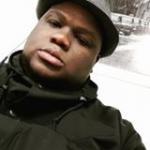
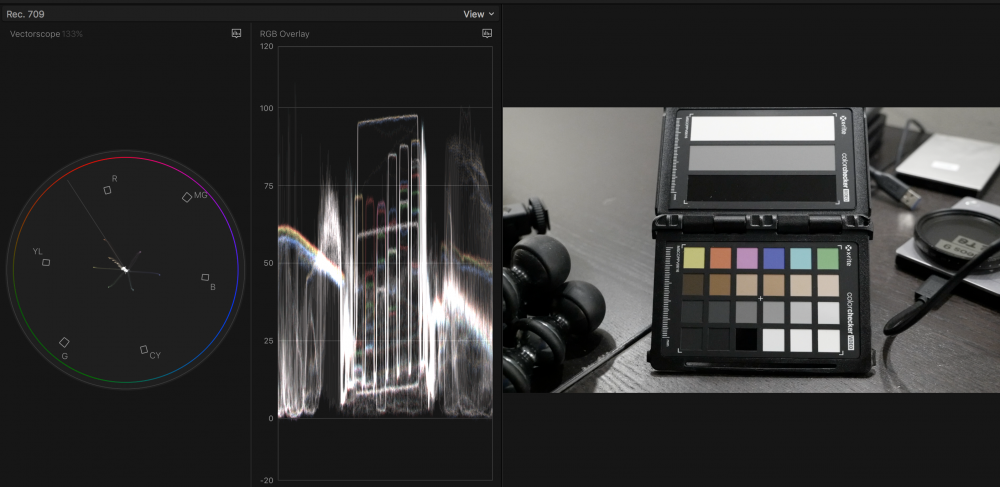
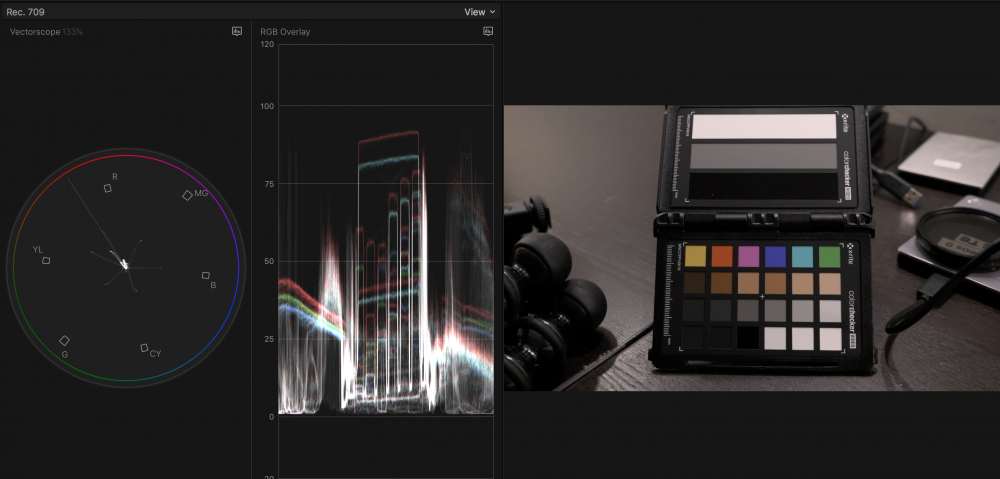
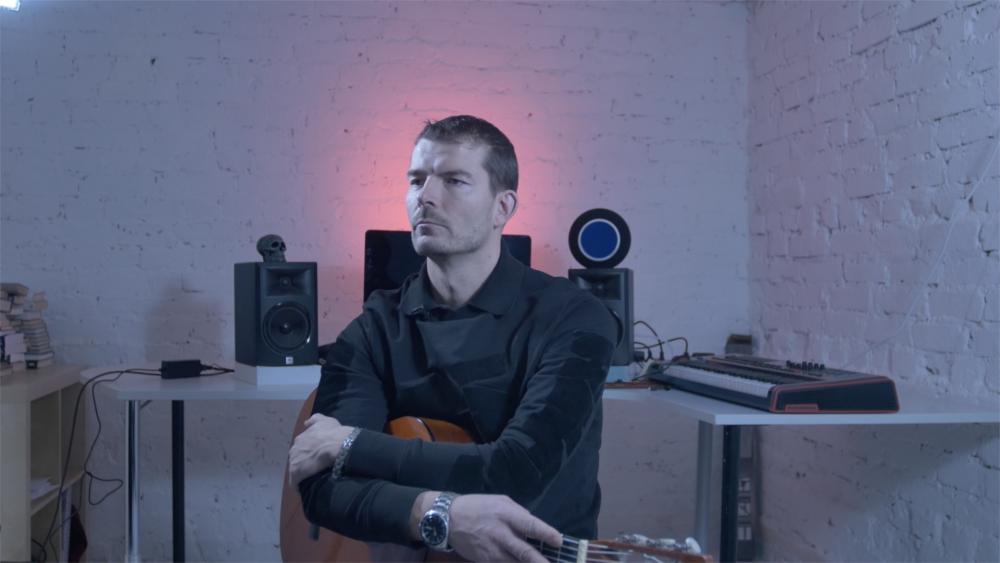
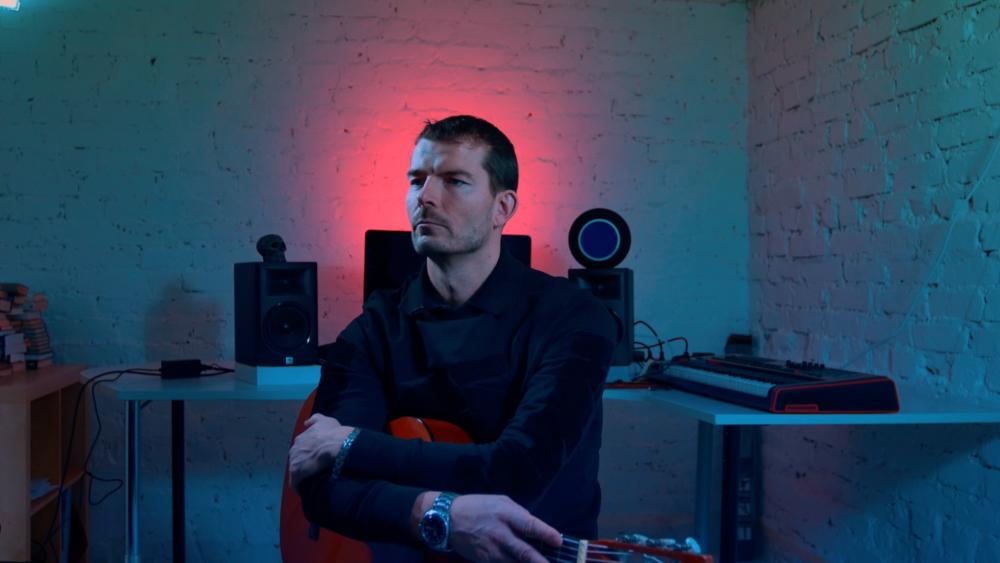
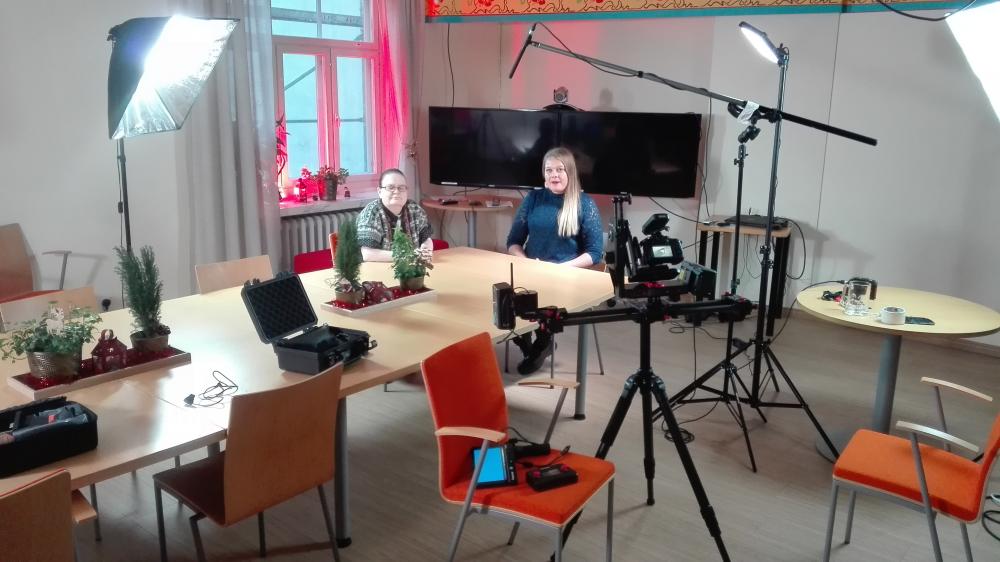
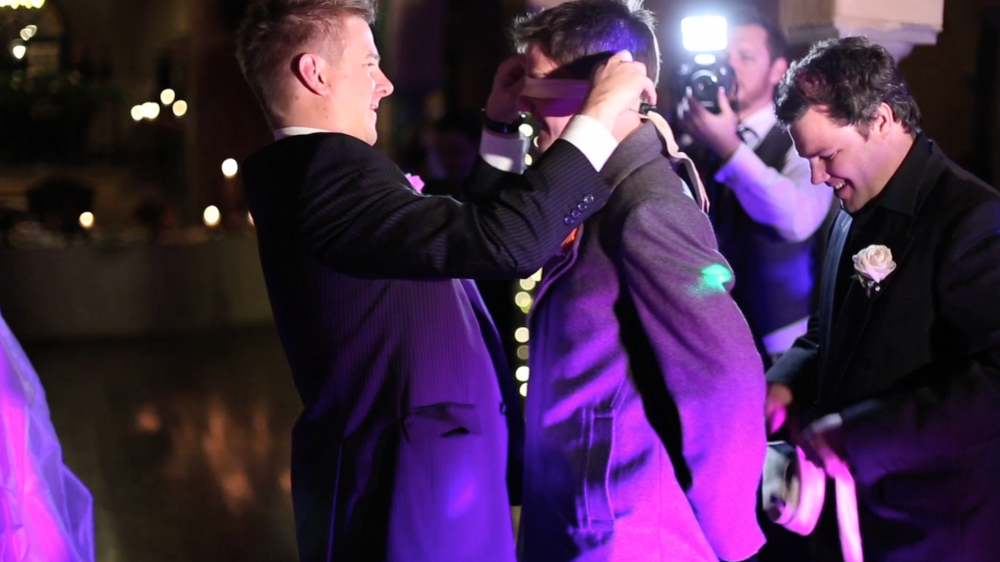
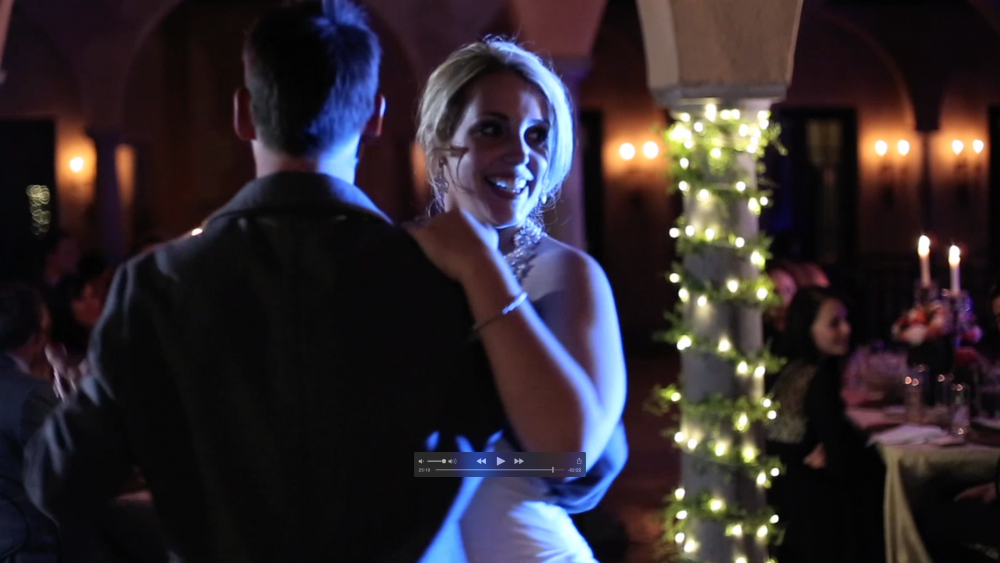
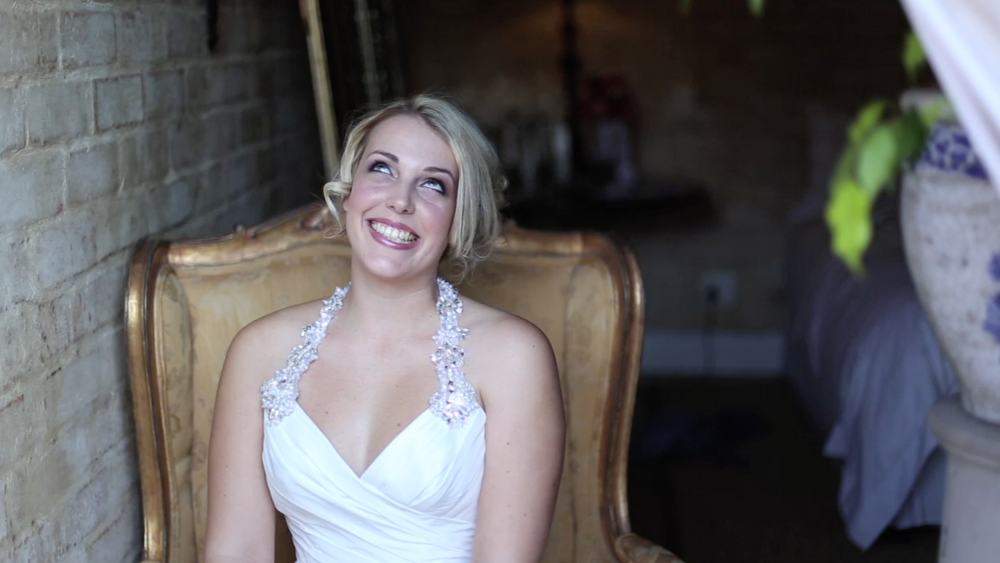
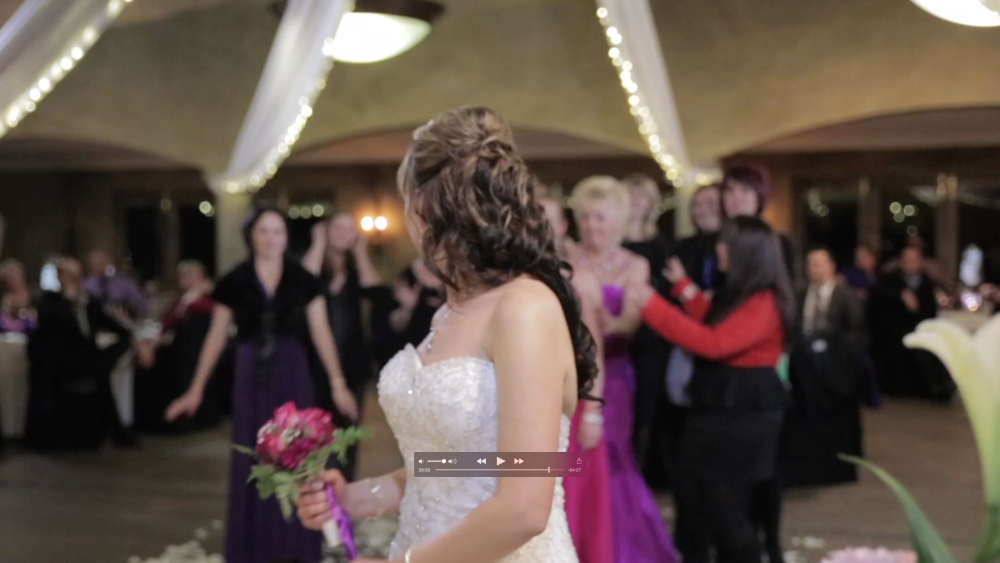
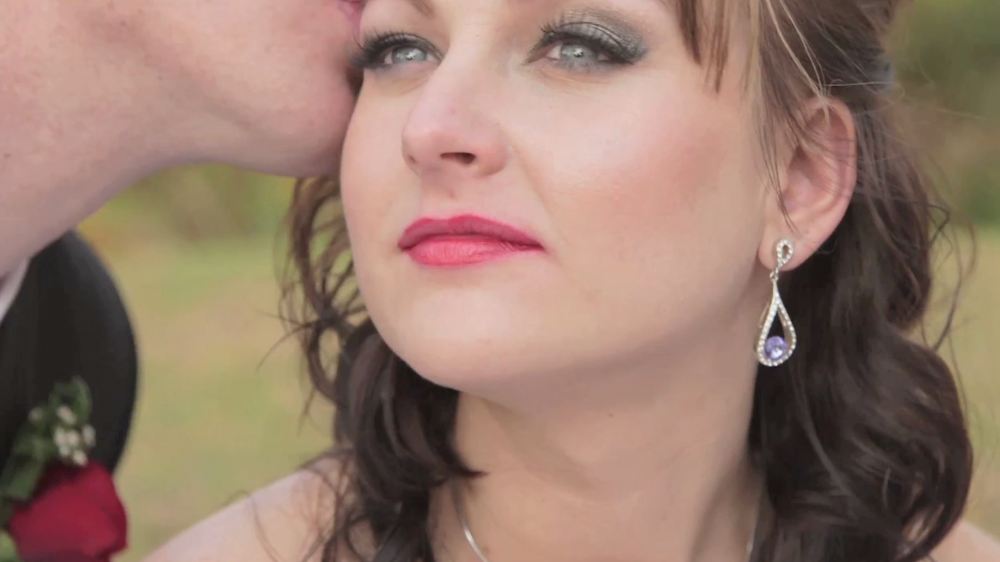
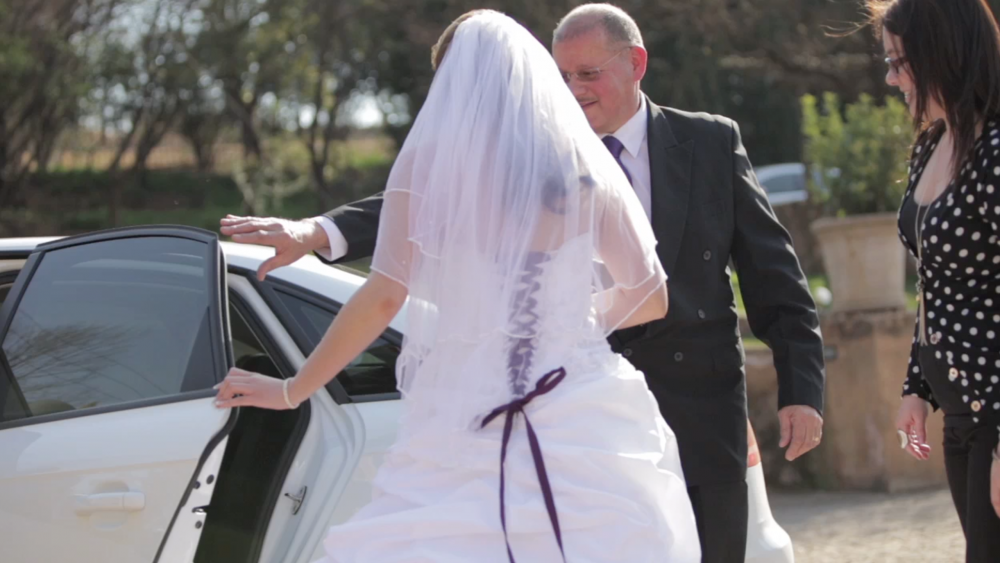
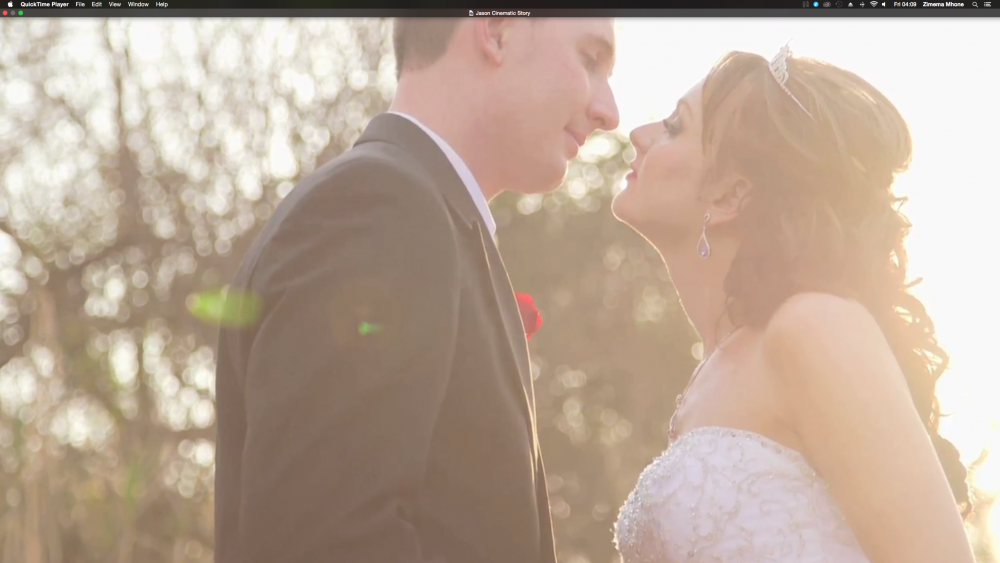
EOSHD Pro Color for Panasonic (GH4, GX85, G85 + more)
In: Cameras
Posted
Pretty in pink, indeed. This scene needs work, but its a fun foundation imo. Maybe it needs a rotoscope...